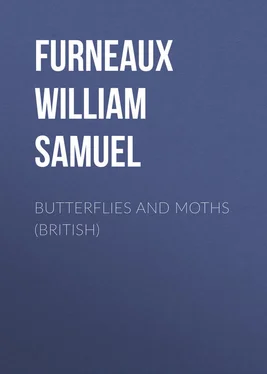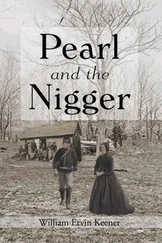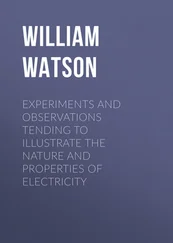William Furneaux - Butterflies and Moths (British)
Здесь есть возможность читать онлайн «William Furneaux - Butterflies and Moths (British)» — ознакомительный отрывок электронной книги совершенно бесплатно, а после прочтения отрывка купить полную версию. В некоторых случаях можно слушать аудио, скачать через торрент в формате fb2 и присутствует краткое содержание. Жанр: Природа и животные, foreign_antique, foreign_prose, на английском языке. Описание произведения, (предисловие) а так же отзывы посетителей доступны на портале библиотеки ЛибКат.
- Название:Butterflies and Moths (British)
- Автор:
- Жанр:
- Год:неизвестен
- ISBN:нет данных
- Рейтинг книги:5 / 5. Голосов: 1
-
Избранное:Добавить в избранное
- Отзывы:
-
Ваша оценка:
- 100
- 1
- 2
- 3
- 4
- 5
Butterflies and Moths (British): краткое содержание, описание и аннотация
Предлагаем к чтению аннотацию, описание, краткое содержание или предисловие (зависит от того, что написал сам автор книги «Butterflies and Moths (British)»). Если вы не нашли необходимую информацию о книге — напишите в комментариях, мы постараемся отыскать её.
Butterflies and Moths (British) — читать онлайн ознакомительный отрывок
Ниже представлен текст книги, разбитый по страницам. Система сохранения места последней прочитанной страницы, позволяет с удобством читать онлайн бесплатно книгу «Butterflies and Moths (British)», без необходимости каждый раз заново искать на чём Вы остановились. Поставьте закладку, и сможете в любой момент перейти на страницу, на которой закончили чтение.
Интервал:
Закладка:
First, as regards the number of claspers, it will be seen from what has just been said that this is not always the same. Some caterpillars possess five pairs, thus making up the total number of walking appendages to sixteen. In fact, we must regard this as the usual number. But there are at least a few hundred exceptions to the rule. Many of the Bombyces ( page 217 Конец ознакомительного фрагмента. Текст предоставлен ООО «ЛитРес». Прочитайте эту книгу целиком, купив полную легальную версию на ЛитРес. Безопасно оплатить книгу можно банковской картой Visa, MasterCard, Maestro, со счета мобильного телефона, с платежного терминала, в салоне МТС или Связной, через PayPal, WebMoney, Яндекс.Деньги, QIWI Кошелек, бонусными картами или другим удобным Вам способом.
), for example, have only four pairs of claspers; and in others of the same group the fifth pair is present, but only partially developed, and quite useless for walking.

Fig. 21 – Larva of the Yellow Underwing Moth (Pronuba).

Fig. 22. – Larva of the Crimson Speckled Moth (Pulchella).
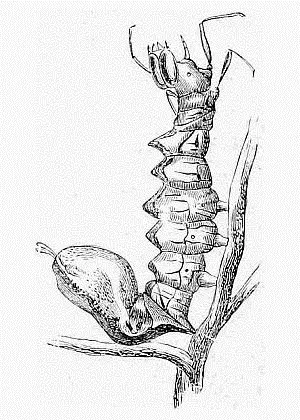
Fig. 23. – Larva of the Lobster Moth (Fagi).
Look at the peculiar caterpillar of the Lobster Moth ( fig. 23) – a creature that differs from most other caterpillars not only in its claspers, but in many other respects too. Observe its long and slender legs, its humped middle segments, and its upturned hindermost segment, of enormous size and mounted with a pair of clubbed 'horns.' This last segment you will observe, has no claspers.
Another allied caterpillar is that of the Iron Prominent Moth ( fig. 24). This one also has humped segments, and the claspers of the thirteenth segment are imperfectly developed.
A large number of other exceptions to the general rule are to be found in the caterpillars of the Geometer Moths ( page 268), one of which is here represented. These have generally only two pairs of claspers, one pair on each of the tenth and last segments, so that there is a distance equal to the combined length of six segments between the hindermost true leg and the first pair of claspers. But even among the Geometers there are variations to be observed in the number of claspers, and some of these will be pointed out in our brief descriptions of the commoner species.
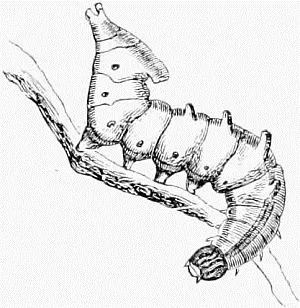
Fig. 24. – Caterpillar of the Iron Prominent Moth (Dromedarius).

Fig. 25. – Larva of the Brimstone Moth (Luteolata).
These limbs which we have been calling claspers are known by several other names. Thus they are termed 'pro-legs,' 'temporary legs,' 'false legs,' and 'abdominal legs;' but if you watch a caterpillar as it walks up a stalk or along the edge of a leaf, you will certainly agree that the term 'clasper' is everything that could be desired. But why not call them legs, seeing that they are used in walking? The reason is that they differ in many respects from the three foremost pairs of limbs as regards structure, persistency, and function. The true legs, as we have called them, continue to exist, though concealed, in the chrysalis state, and again appear, far more perfectly developed, in the butterfly or moth, but the claspers are no more to be seen after the caterpillar has passed into the quiescent stage. We have noticed, too, that the true legs are pointed and clawed, also that they are protected by a hard and horny covering; but examine a large caterpillar, holding it between the fingers and thumb with its under side uppermost, and you will soon see that the claspers are not at all hard, but soft and fleshy; not pointed, but often terminating in a broad flat circular surface. You will also observe, as the creature struggles to escape from your grasp, and tries to get a hold on something with its claspers, that these limbs, if we may so call them, are retractile, and are sometimes completely drawn into the body. Finally, examine the broad end of a clasper with a magnifier, and you will see it surrounded by a circle of little hooks, turning in all directions. You will no longer wonder how it is that a caterpillar can hold so tenaciously to a piece of twig that it is often almost impossible to remove it without injury.
Now put your caterpillar down, so that you may observe its gait. If it happens to be one with the full complement of sixteen limbs, you see that at each stride it makes but little progress. The segments contract and relax alternately and in succession, thus sending a series of wave-like motions along the body, and urging onward the front segments while the claspers keep the hinder portion firmly fixed.
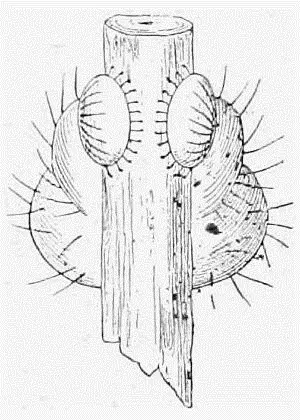
Fig. 26. – The Claspers of a Caterpillar.
But if your caterpillar is one of the Geometers, with only two, or perhaps three, pairs of claspers, the mode of procedure is very different. The creature stretches its body out at full length, often raising its head high in the air, and swinging its long body right and left with a most furious motion, as if to hastily scan the neighbourhood. Then, having satisfied itself as to the direction of its proposed course (which, by the way, is often changed considerably at almost every stride), it holds on by the true legs and pulls its hinder quarters forward till the body forms almost a closed loop, with the fourth segment nearly touching the ninth. The claspers now become the holdfasts. The little hooks with which they are provided are firmly fixed to the surface on which it is walking; and the body being again straightened out to its utmost length, the same manœuvre is repeated. So, you see, the insect progresses by strides equal in length to about six segments of the body, and these the longest segments generally; and the rate at which the strides succeed each other, especially in some of the smaller species, is really astonishing.
We have seen the caterpillar in the act of taking its walk, and now we will give it a twig of its food plant so that we may see it feed. It walks up the twig without hesitation – for caterpillars (excepting those which feed on roots) always seem to move upward when in search of food – and soon finds itself on a leaf. Over this it walks till it reaches the edge; and, grasping the edge firmly between the claspers, so as to give perfectly free play to its legs and head, it stretches its body at full length, and takes a series of bites as it brings its head backward in a curve. When the head has thus been brought close to its fore legs, the body is again extended, and the same ground is gone over again.
If the caterpillar is a fairly large and hardy one, it will bite through the smaller veins, and perhaps even the larger ones; but the smaller species often change their position on reaching a moderately thick vein, and so devour little else than the soft cellular substance of the leaf. In any case, it is astonishing to see how rapidly the leaf disappears under the influence of the powerful jaws and marvellous digestive apparatus of the hungry grub.
Читать дальшеИнтервал:
Закладка:
Похожие книги на «Butterflies and Moths (British)»
Представляем Вашему вниманию похожие книги на «Butterflies and Moths (British)» списком для выбора. Мы отобрали схожую по названию и смыслу литературу в надежде предоставить читателям больше вариантов отыскать новые, интересные, ещё непрочитанные произведения.
Обсуждение, отзывы о книге «Butterflies and Moths (British)» и просто собственные мнения читателей. Оставьте ваши комментарии, напишите, что Вы думаете о произведении, его смысле или главных героях. Укажите что конкретно понравилось, а что нет, и почему Вы так считаете.
